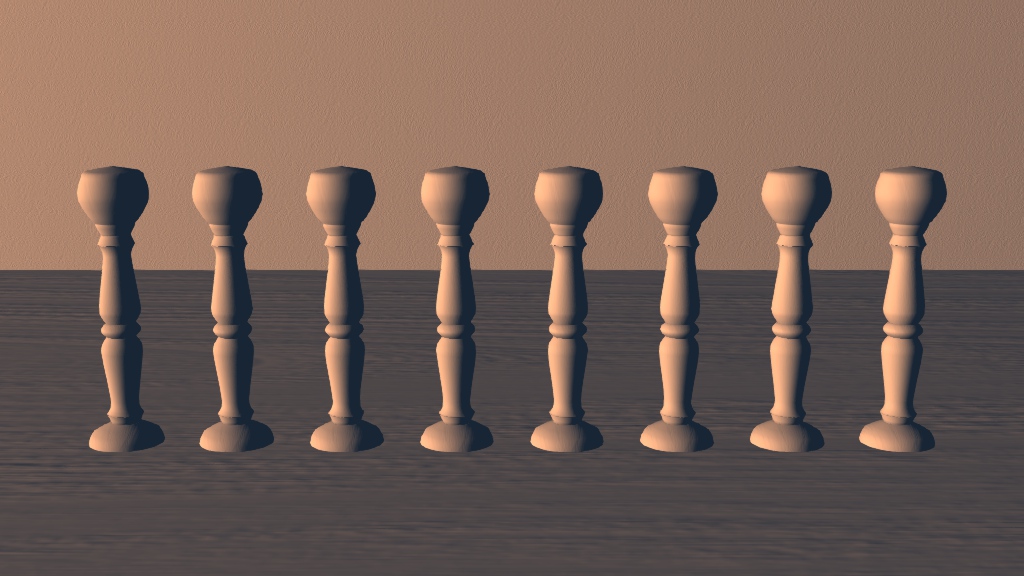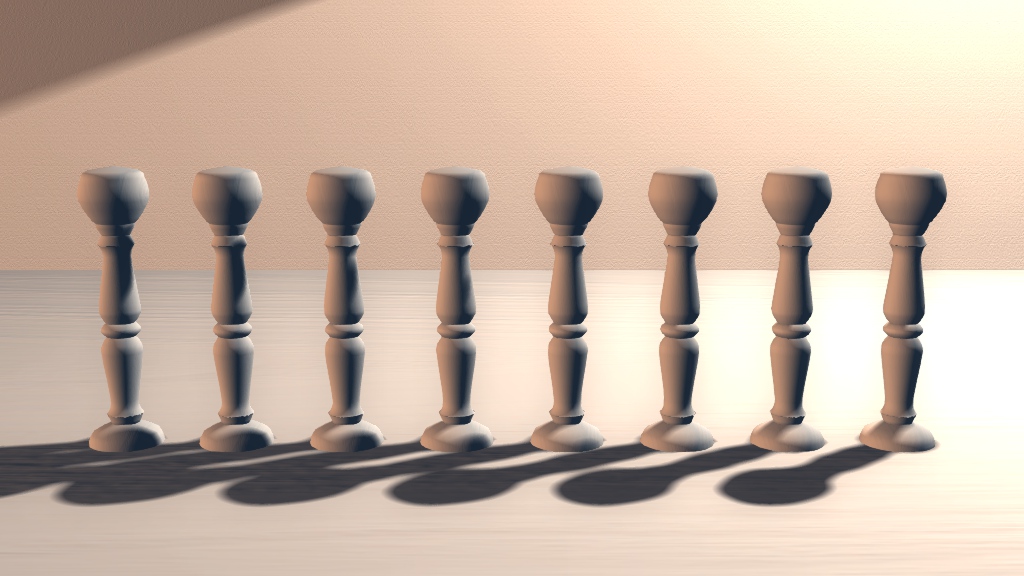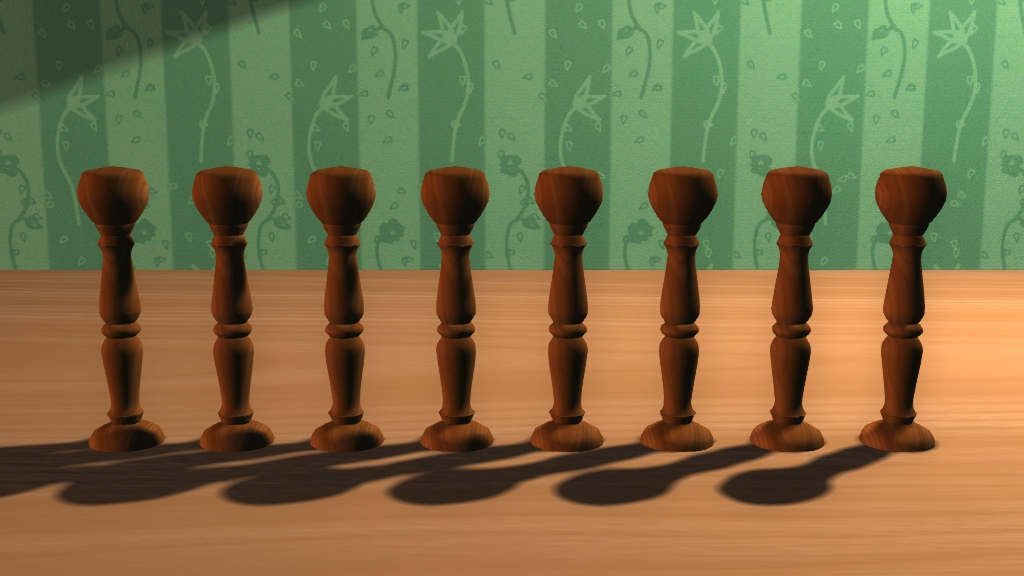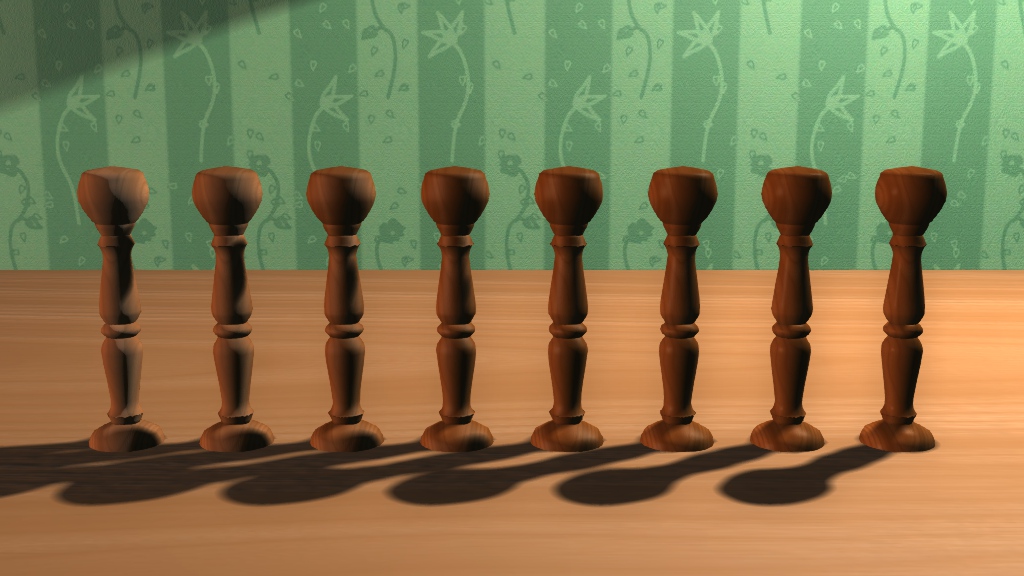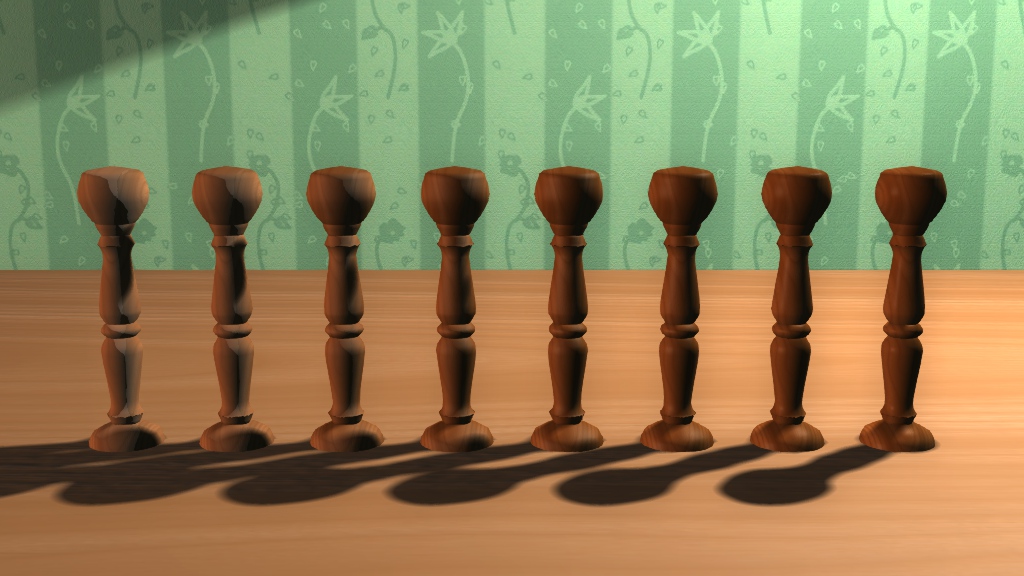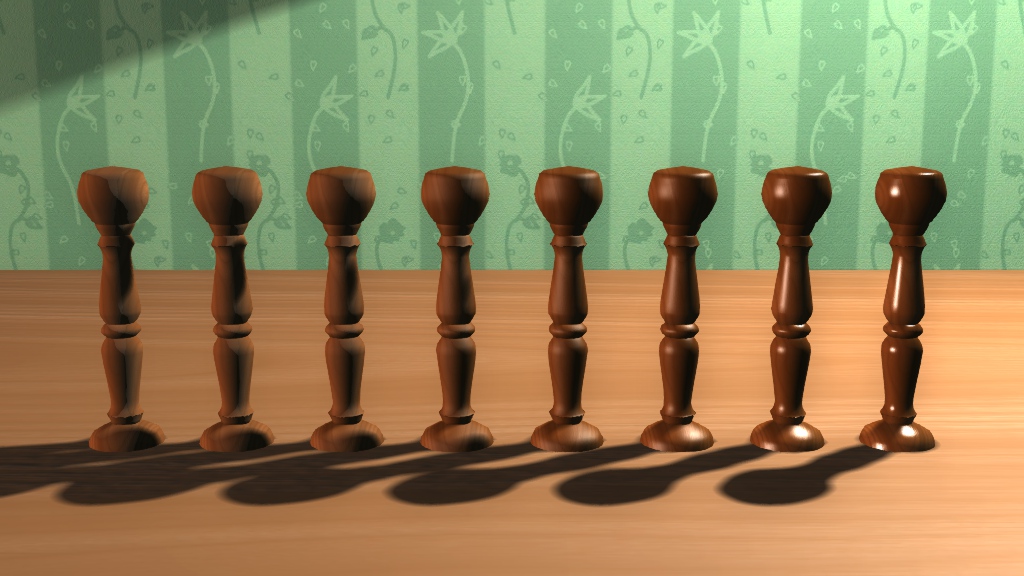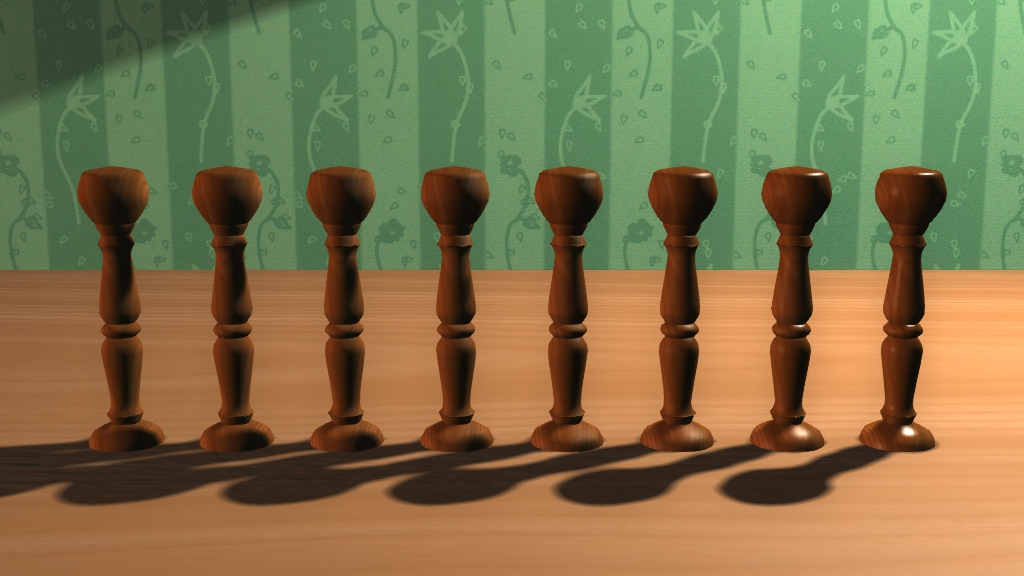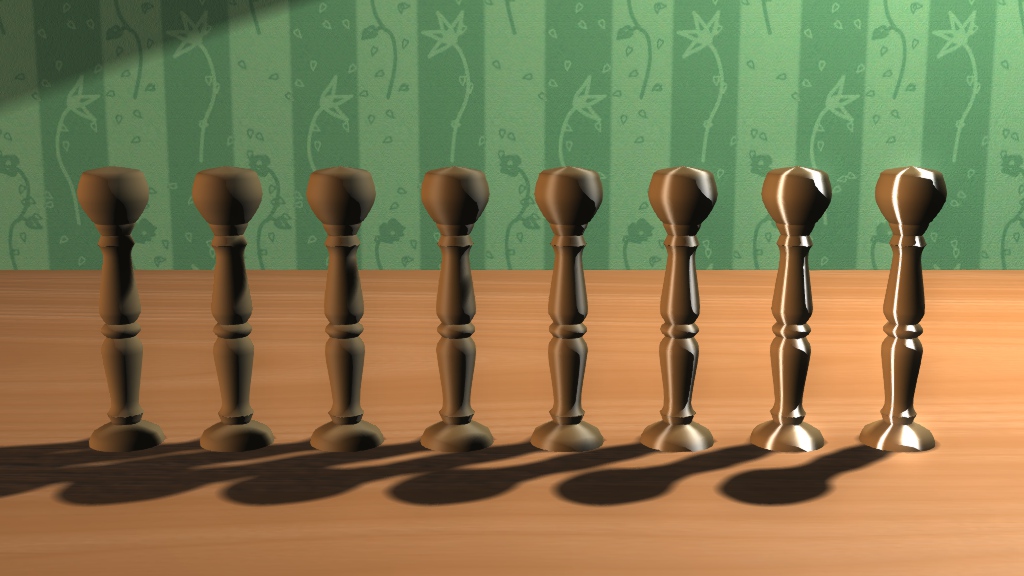Here are two roughly 90mn long resources on these CPU details you always wanted to know but never asked:
An article giving an up to date, dense and well explained overview of microprocessors architecture: Modern Microprocessors – A 90 minutes guide!
A talk by Scott Meyers on CPU cache: CPU Caches and Why You Care. Although the recording could be much better to say the least, the talk is very worth watching, starting with very simple considerations and getting pretty far while staying crystal clear. The slides can be found here.
Update: the Scott Meyers talk referenced in the above link has been put behind a paywall. However he gave his talk again in 2014 at a conference, and the video is available. The new talk contains a few differences, and all in all I find it a bit harder to follow and a bit less entertaining (for some reason, the jokes don’t work as well as they did previously), but the recording quality is also much better.

